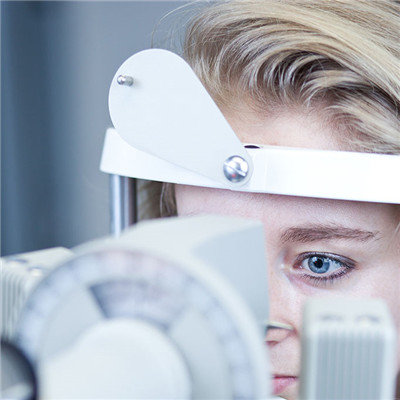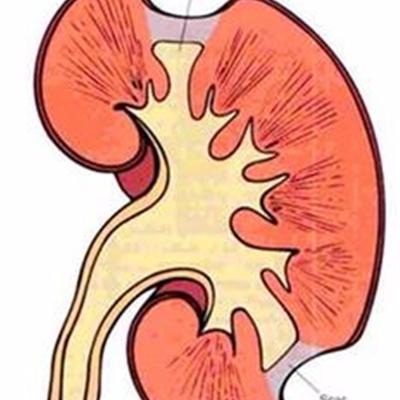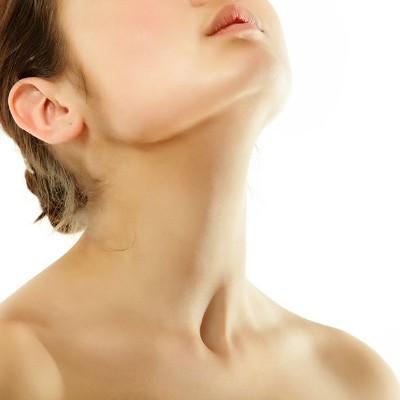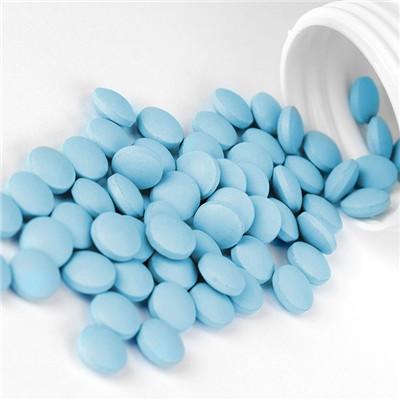Symptoms of erosive keratitis?
summary
Today we will talk about some eye diseases, which is what we call erosive keratitis. Maybe many people are not clear about this disease, but today we will have a good understanding. Erosive keratitis is a kind of spontaneous, marginal, progressive, chronic creeping and painful corneal ulcer. This disease usually occurs in adults, and the incidence rate of women is relatively low. Silkworm erosive keratitis is common in one eye, and only a small part of it occurs in both eyes. In medicine, erosive keratitis is also called Mooren's corneal ulcer. Symptoms of erosive keratitis? Let's talk about it
Symptoms of erosive keratitis?
First of all, the pathogenic factors of erosive keratitis in the medical community has not been very clear explanation. But there are many scholars and experts found many kinds of causes, but it has not been confirmed. However, there are some factors that people think are possible. The theory of internal toxin and the theory of collagenase are two of the more likely.
Secondly, erosive keratitis is a progressive necrotic lesion of corneal tissue, which is accompanied by chronic inflammation. This kind of ulcer and tissue necrosis are common in the anterior part of the cornea. In addition, there will be repair of tissue cells at the time of ulcer, which is a characteristic histopathological change.
Finally, the clinical manifestations of erosive keratitis, the general patients will have very serious eye pain, but also fear of light, tears and vision loss. In the early stage, there will be marginal ulcer, which mainly appears in the corneal stroma. The ulcers of erosive keratitis usually present as furrow or erosive type.
matters needing attention
Operation: if the lesion is limited to the periphery and superficial, adjacent conjunctivectomy can be performed, combined with debridement of the cornea and sclera of the lesion, which is expected to control the lesion. If the lesion has already invaded the pupil area or the ulcer is at risk of penetrating, crescent, ring or full lamellar keratoplasty can be used according to the extent of the lesion. If the cornea has been penetrated, double lamellar keratoplasty or partial penetrating keratoplasty can be performed. All grafts should have limbal (stem cell) tissue. Cyclosporine A or FK-506 eye drops are effective in preventing recurrence.














